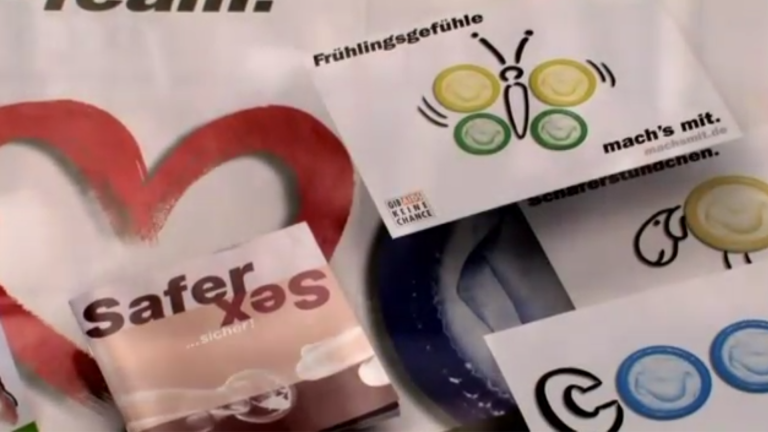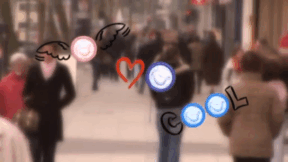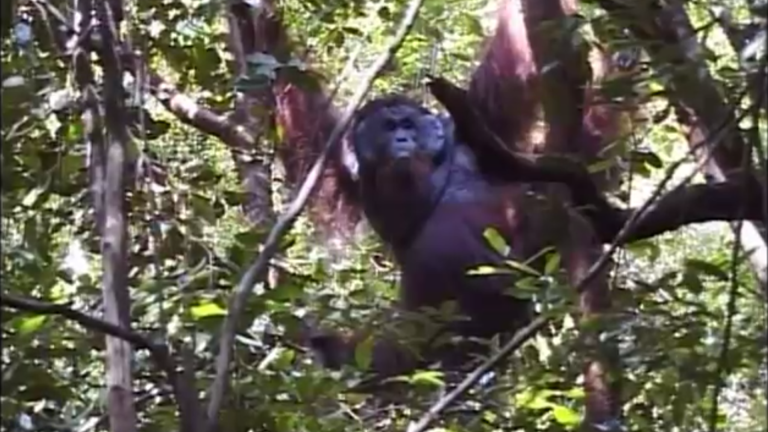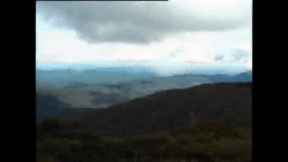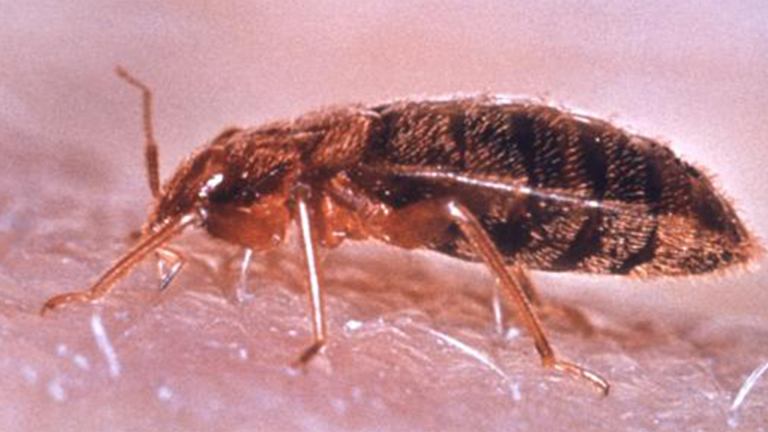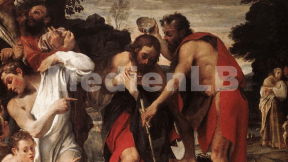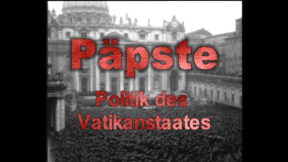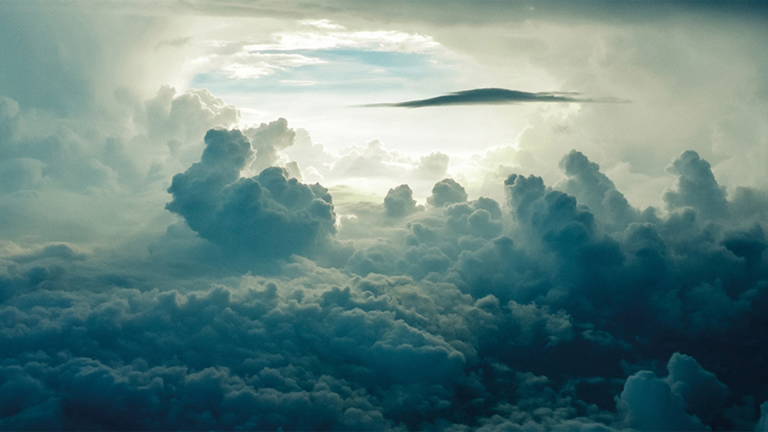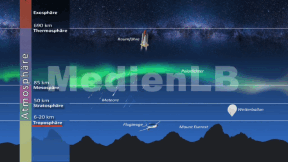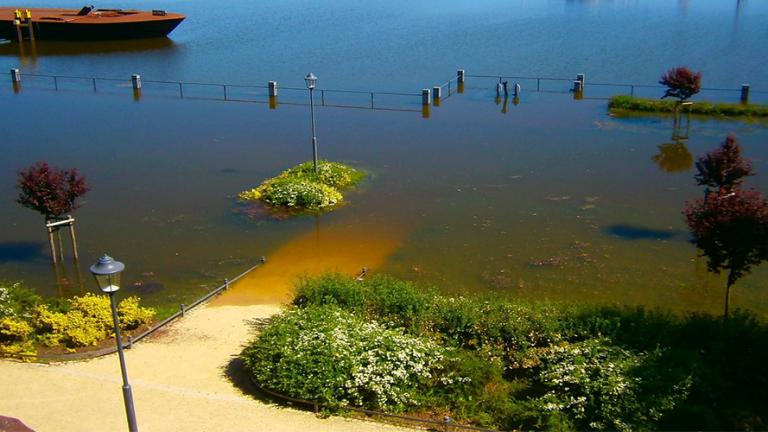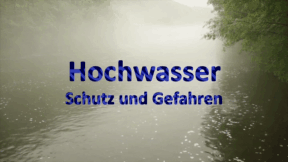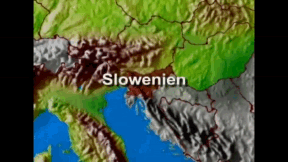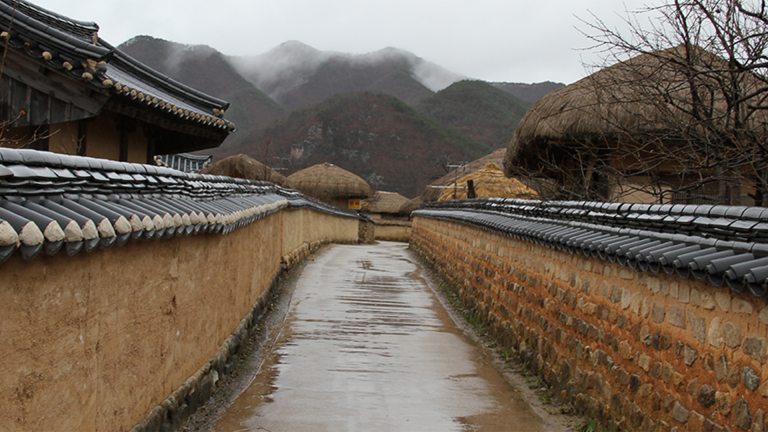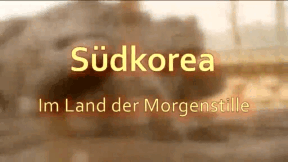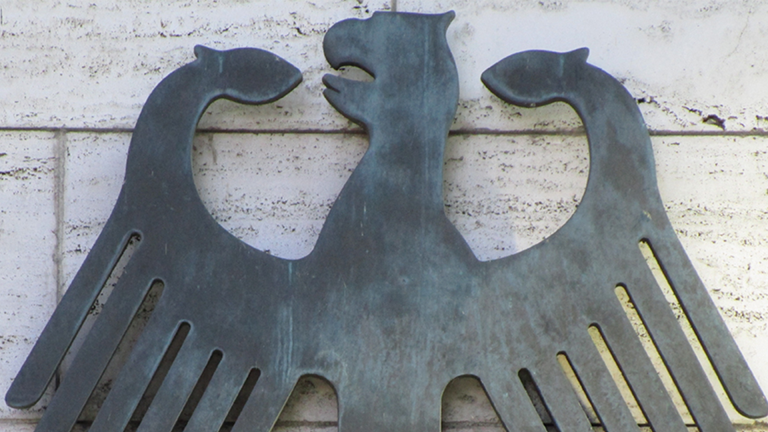Suche:
- # Artistry
- # Biology
- # Chemistry
- # Ecological
- # Economy
- # English
- # Foreign Language
- # Geography
- # German
- # Health
- # History
- # Informatik
- # Latin
- # Mathematics
- # Media Education
- # Music
- # Physics
- # Politics / Civics
- # Preschool
- # Primary School
- # Religion
- # Society
- # Sports
- # Technology
- # Training of Teachers
- # Vocational Education
Aids
AIDS is an issue that remains critical in view of the globally increasing infection rates. This DVD informs pupils on the immune deficiency disease and the ways in which the infection is passed on, it shows the scale of the pandemic and tries to make the young viewers aware of the difficult situation of those afflicted by it. Impressive original pictures demonstrate the commitment of voluntary helpers in the AIDS hospice run by the Brother- hood of the Blessed Gérard in Mandeni, South Africa. A visit to the Munich-based AIDS-Hilfe e.V. provides the pupils with an overview of the assistance and care offered by municipal AIDS relief organisations. Further, they gain an insight into everyday life at ZIK – a housing project for people tested HIV positive in Berlin. Firsthand reports from young infected persons directly address the pupils and warn them against “unsafe sex”. The extensive didactic accompanying material provides detailed information on HIV and AIDS and encourages responsible behaviour towards oneself and others. The DVD is made up of five didactic units that can be individually accessed via the DVD menu.
Learn moreEndangered Rainforest
The small proportion of about 7% of the entire surface of the earth covered by rainforest is of global significance from various perspectives. The survival of tropical rainforests has been on the agenda of all conservationist organisations for decades. But in spite of all their endeavours and the many political promises made, more hectares of rainforest are destroyed every day than ever before.
Learn moreParasites
Parasites are not a small group of organisms, as many believe. Parasitism is a specific mode of life in which one creature, a parasite, lives on another creature and feeds on it. Apart from well-known parasites such as ticks or bed bugs, also animals like the cuckoo or the ichneumon fly and plants, for example the mistletoe, live parasitically. With a lot of animations, recordings and microscope images the film illustrates how this ectoparasitic way of life evolves, to what extent the parasites deprive their hosts and what other living organisms engage in parasitism, too. Humans easily become hosts to parasites and the latter can transmit serious diseases. The malaria cycle and the danger of ESME are described and preventive measures that can be taken are shown.
Learn moreCatholic and Protestant Baptism
As an important ritual of the Christian faith, baptism is closely connected with the traditional stories of the prophet John the Baptist, who is said to have lived in Jesus’ lifetime. John baptised people in the River Jordan, located at the present-day border between Israel and Jordan in the Middle East. Baptism and water were symbols of people’s confession of past sins and return to the right track in life. One day, Jesus and some of his disciples are said to have come to John to have themselves baptised.
Learn morePopes
1922, St.Peter’s Square in Rome, at the dawn of a new era. On 6th February 1922, Achille Ratti, Archbishop of Milan, is elected Pope Pius XI. He addresses the faithful that have gathered on the square that is still Italian back then.
Learn moreClimate Phenomena
Weather, atmospheric condition and climate must be clearly distinguished.
Learn moreFloods
Most of our earth is covered in water. Without water, no life. The water on our earth is in a constantly renewed global cycle. By evaporation the water gets into the atmosphere, by atmospheric circulation the evaporated water is further transported across long distances and returns to the earth as precipitation. Climate change, however, alters this hydrological cycle. Climate change intensifies the disparities in the global water supply and increasingly causes droughts and floods, respectively.
Learn moreSlovenia
This DVD offers a clearly structured overview covering the following aspects: Situation in Europe, size and population, regions (Alps, Dinar Mountains, Pannonian Plain, Mediterranean coast), mountains (Julian Alps, Dinar Mountains, Karawanken), landscapes of particular interest (karst mountains, caves, Grottos of Adelsberg, “poljes”, Lake of Cerknica), rivers (Drava, Mur), the climate, history (overview up to today’s form of government, Yugoslavia, Declaration of Independence in 1991), traffic and infrastructure, economic structure, commerce, industrial products (Elan, Revoz-Renault, Gorenje), agriculture, Lipizzaner horses, mining and energy supply, tourism, important cities (Maribor, Celje, Koper), sights, seaside resorts, capital of Ljubljana, traditions, food and drink, language, education, culture and music. High-quality film clips and aerial shots, animated maps, historical film scenes as well as original sound interviews give the pupils a comprehensive overview of the country and its people.
Learn moreSüdkorea
Durch die Wahl des Austragungsortes der Olympischen Winterspiele 2018 rückt Südkorea - das Land der Morgenstille - in den Fokus der Öffentlichkeit.
Learn moreThe Making of a Law
Laws determine the lives and interrelationships of people and ensure that both rights and duties are distributed in a just way in society.
Learn moreThe European Parliament
The European Union is a union consisting of 27 European states. Currently its population comprises about 500 million inhabitants. 17 of these states have a common currency. Its aim is a pan-European area of freedom, security and justice. The European Parliament is elected every five years by the EU citizens and is thus the only directly elected body. The European Parliament shares its legislative function with the Council of the European Union, wherein the governments of the individual member states are represented, and the European Commission, which represents the interests of the EU as a whole. These three institutions together develop the political strategies and legislative provisions which are applied throughout the EU. The European Parliament ensures uniform pan-European regulations. Citizens profit from them for example for data protection, for mobile tariffs, for working and living in Europe and much more besides! Together with the extensive accompanying material the DVD is ideally suited for use in the classroom.
Learn more



